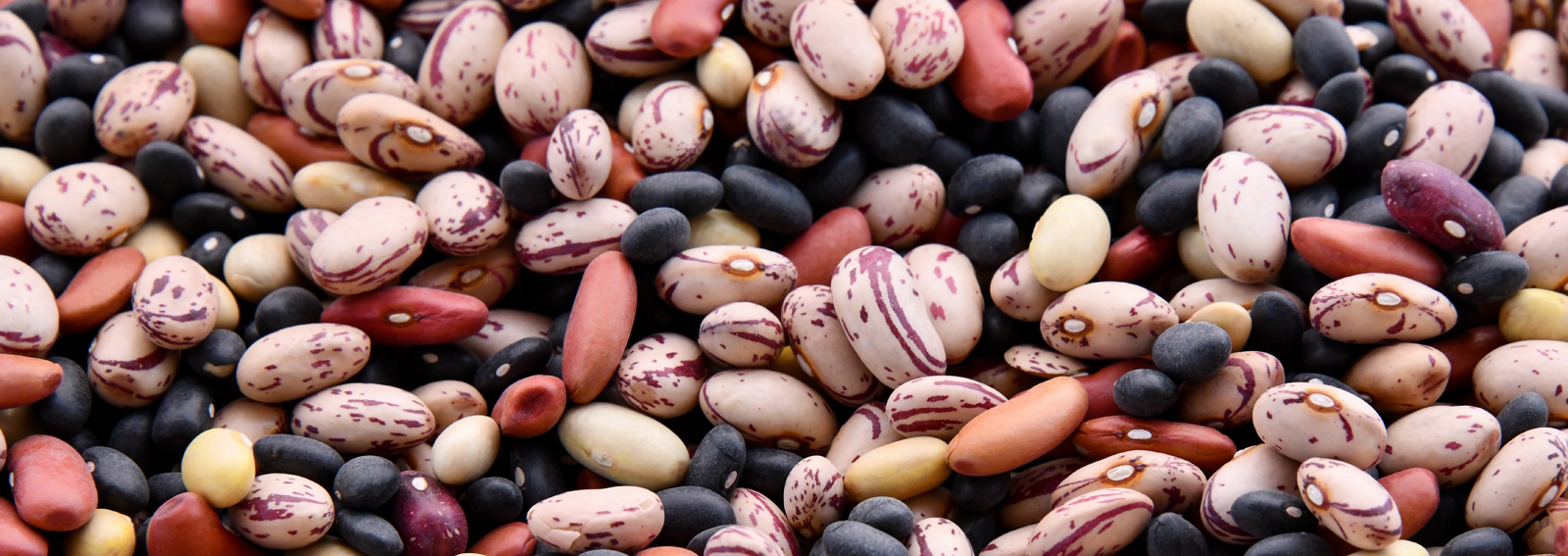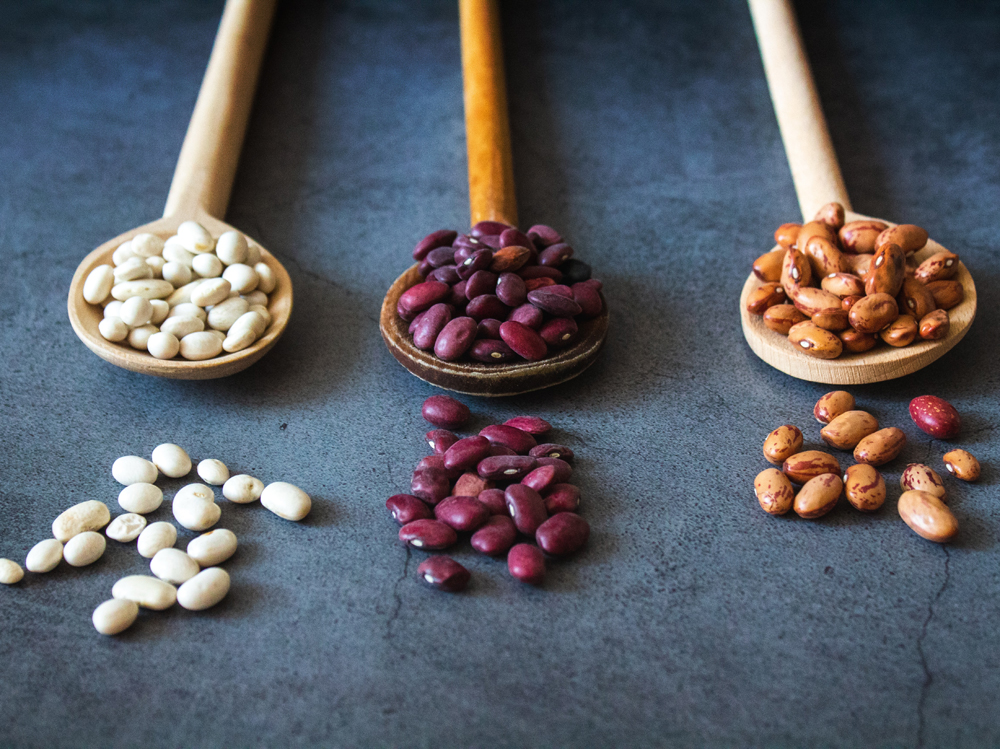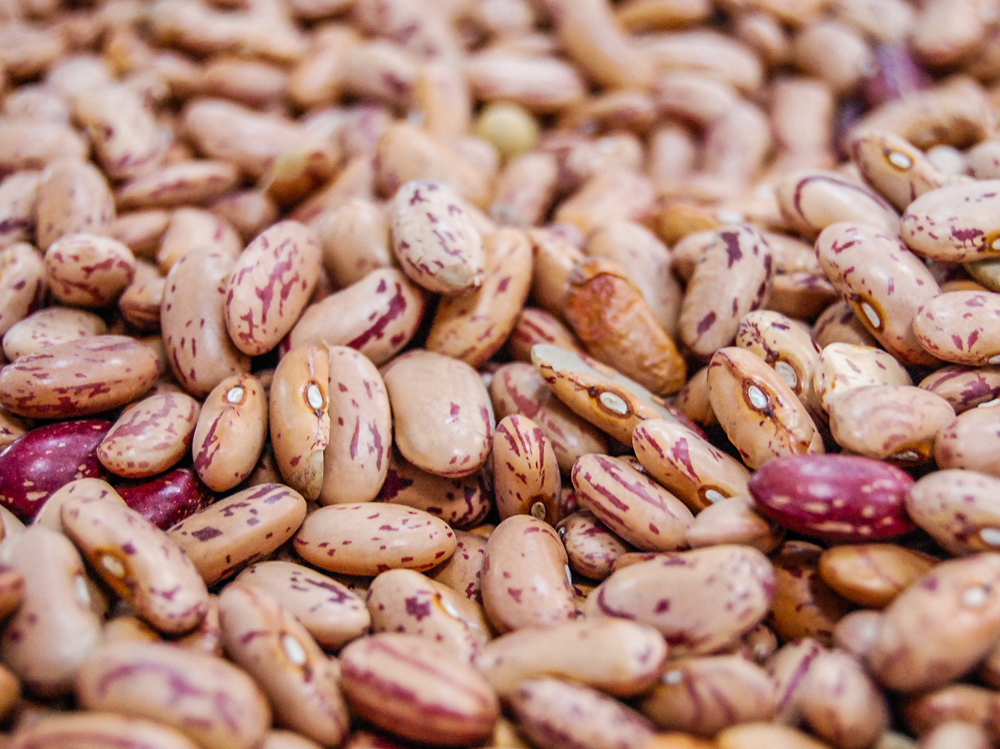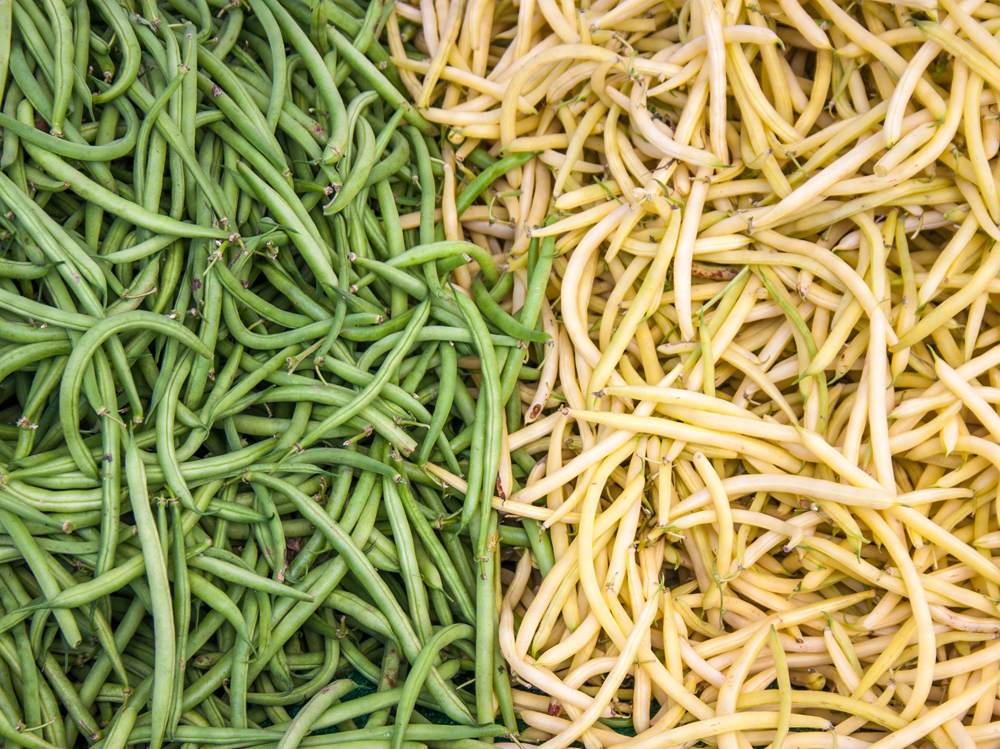

The legume diet is a low-calorie eating plan that promises to burn fat quickly and easily, without experiencing hunger or depriving the body of essential nutrients for well-being.
Indeed, legumes are an excellent source of plant-based proteins that promote weight loss. Additionally, their high fiber content provides a significant feeling of satiety.
Legume Diet: Benefits, Menu Examples, and Contraindications

How the Legume Diet Works
The legume diet is a dietary regimen based on high consumption of this hyper-protein food that helps burn fat.
The legume diet can be fully integrated into the Mediterranean diet. When combined with whole grains, abundant vegetables, and limited animal proteins (preferring fish), it becomes a variant of the Mediterranean diet that is not only beneficial for weight but also for overall health.
Legumes are a healthy food that everyone should include in their diet, regardless of the chosen dietary plan.
Chickpeas, 5 Great Reasons to Eat Them (More Often)
What to Eat on the Legume Diet
It’s essential to vary different types of legumes as much as possible, consuming different types daily.
You can choose from beans, peas, chickpeas, lentils, soybeans, fava beans, lupins, and roveja (also known as field peas or grass peas).
The beauty of this diet is that it allows you to eat all other food categories: carbohydrates like pasta and rice, fresh vegetables either raw or cooked, lean meat (preferably white), fish, and eggs.

Weekly Menu
Here are examples of menus for a week. Feel free to interchange them and vary them as much as possible, following your tastes and nutritional needs.
Monday: for breakfast, skim milk and whole-grain cereals; for lunch, pasta and beans with mixed vegetables (raw or cooked). Finally, for dinner, grilled chicken breast, a side of seasonal raw vegetables, and a whole-grain sandwich.
Tuesday: have a breakfast of whole-grain cereals with low-fat yogurt, a lunch of rice and lentils with vegetables, and a dinner of fish (grilled or baked) with vegetables.
Wednesday: start the day with a couple of whole-grain toast with sugar-free jam, plus a cup of coffee or tea. For lunch, have a rice salad accompanied by vegetables, and for dinner, a plate of spelt soup with a whole-grain sandwich.
Thursday: have breakfast with whole-grain cereals and low-fat yogurt, for lunch, a dish of whole-grain pasta and a slice of grilled meat with grilled vegetables. For dinner, enjoy chickpea flatbread or a lentil flour omelet, a side of vegetables, and a whole-grain sandwich.
Friday: for breakfast, have a couple of whole-grain toast with a thin layer of sugar-free jam, accompanied by a cup of tea or coffee. For lunch, have couscous with legumes and vegetables, while for dinner, enjoy cold cuts with arugula as a side and a whole-grain sandwich.
Saturday: have breakfast with skim milk and whole-grain cereals, then for lunch, enjoy grilled fish and vegetables, and a whole-grain sandwich. For dinner, have a legume pasta (like pasta and beans), a rich salad, and a whole-grain sandwich.
Sunday: have low-fat yogurt and whole-grain cereals for breakfast, pasta and chickpeas for lunch, and raw vegetables for dinner. For dinner, have lean grilled meat with a side salad and a whole-grain sandwich.
Walnuts: The Perfect Weight-Loss Friendly Snack
Fresh, Dried, or Canned Legumes?
Legumes can be purchased in dried, fresh, canned, or frozen forms.
Canned beans, chickpeas, lentils, or peas are ideal when you’re in a hurry but don’t want to give up a legume-based diet.
Dried legumes require soaking, the duration of which varies depending on the variety. While dried ones retain all their properties, fresh legumes that can be eaten raw (such as fava beans) are even more nutritious. Frozen legumes retain all their properties intact.

Expected Weight Loss
The legume diet helps burn abdominal fat and can lead to a weight loss of about 3 kilograms per week.
It’s ideal to follow it for seven days occasionally for a remarkable purifying and de-bloating effect that benefits not only your weight but also your skin. Both health and beauty benefit greatly from consuming legumes.
Since it’s a highly varied diet that includes different nutrients without significant sacrifices, this diet can be followed for more than one week.
However, if you decide to adopt this eating plan for a month, it’s advisable to add a seasonal fruit as a morning and afternoon snack.
Benefits of the Legume Diet
The legume diet is a good dietary regimen as it’s easy to fit in your regular diet.
Among its advantages is increasing the sense of satiety due to its high fiber content (which also helps fight constipation).
Let’s not forget that legumes are one of the most effective cholesterol-lowering foods. They contain a family of substances (saponins) capable of combating “bad” cholesterol (LDL) and preventing its assimilation, reducing its content in the blood.
Moreover, they contain lecithin (1g per 100g and 2.5g in soy), a substance that works as an emulsifier, promoting the elimination of cholesterol in the blood through the bile ducts and lowering triglycerides in the blood.
Contraindications
If the legume diet doesn’t become too hyper-protein (by limiting carbohydrates too much) or too low-calorie (by eating minimal amounts of food), it doesn’t have particular contraindications.
The only “annoyance” that could be noticed is related to flatulence and difficulty digesting legumes.
Those with problematic intestines may experience cramps and abdominal pain due to the intake of beans, chickpeas, lentils, and others.
However, there are various tricks to make legumes more digestible, such as cooking them with a bit of seaweed or spices.
The legume variant easiest to digest, which therefore produces fewer intestinal gases and fewer related problems? Red lentils. With those, you can rest assured.
Unlock the Ideal Weight Loss Activity That Boosts Your Mood
Green Juice: A Weight Loss Wonder or a Phony Trend?
This article first appeared on Grazia.it – Author: Camilla Sernagiotto













